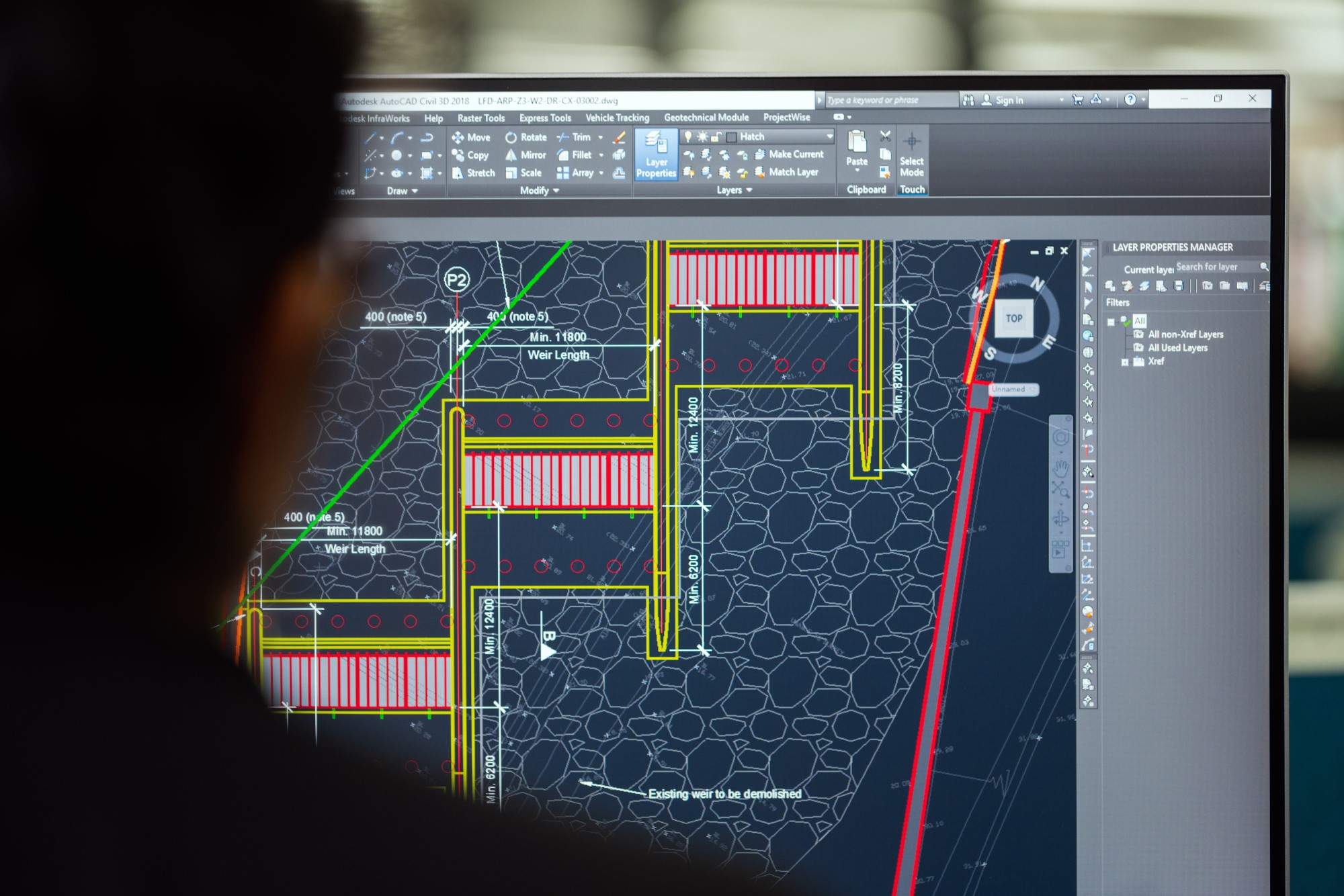Engineering
An energy system designed to maximize the use of variable renewable energy must be maneuverable enough to accommodate the variable nature of wind and solar: by providing sufficient maneuverable generation and maximizing
use of demand-side management; managing short trading times; “smarter” (including through digitalization and automation technologies) in matching demand with supply; and other system solutions, as described above.
A growing number of countries are developing agility, to facilitate the integration of higher shares of variable renewables. By far
the greatest maneuverability in power systems is provided by interconnections with neighboring systems and maneuverable generating capacity (in particular, hydropower plants and gas-fired power plants).
To ensure reliability, many more options to integrate high shares of variable renewables, such as improving resource forecasting and bundling different types of variable resources with appropriate geographic distribution.
Other measures to improve the flexibility and resilience of power systems include improving power system operations and performance by changing the market structure and regulatory framework; improving the planning and deployment of grid infrastructure, agile generation and information and control technology; and energy storage; the ability to respond to demand and the interconnectedness of the electric, thermal, and transportation sectors. In developing countries, effective energy planning means designing initially to achieve maximum agility to have a decentralized energy system designed to integration of high shares of renewable energy. This approach is fundamental to avoid the risk of a lack of agility on fossil fuels and nuclear power.


Leave a Reply